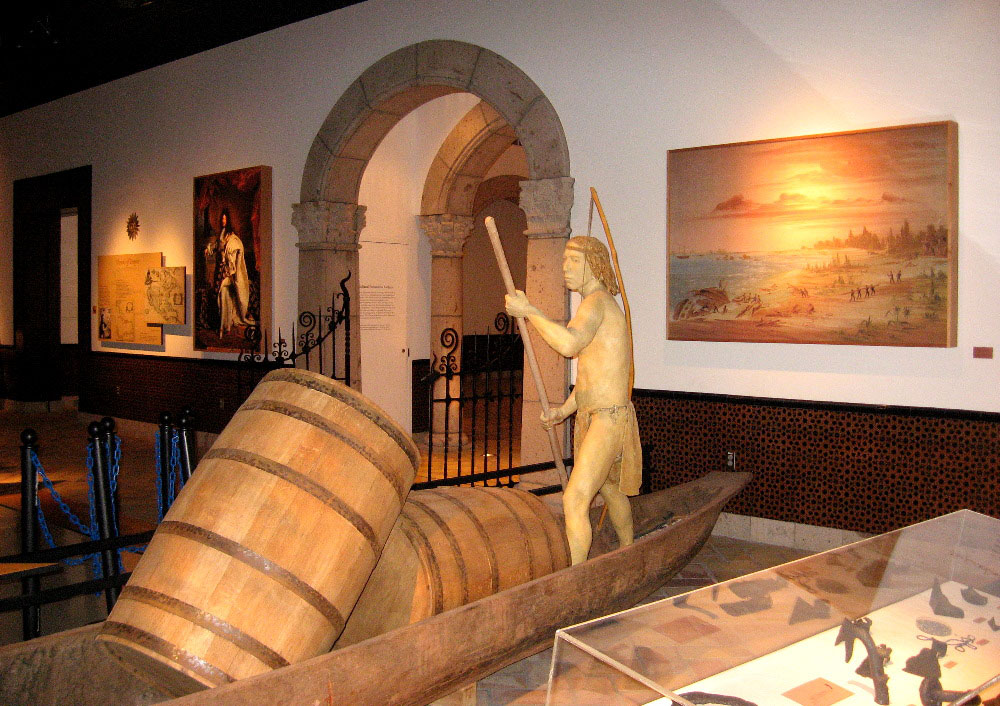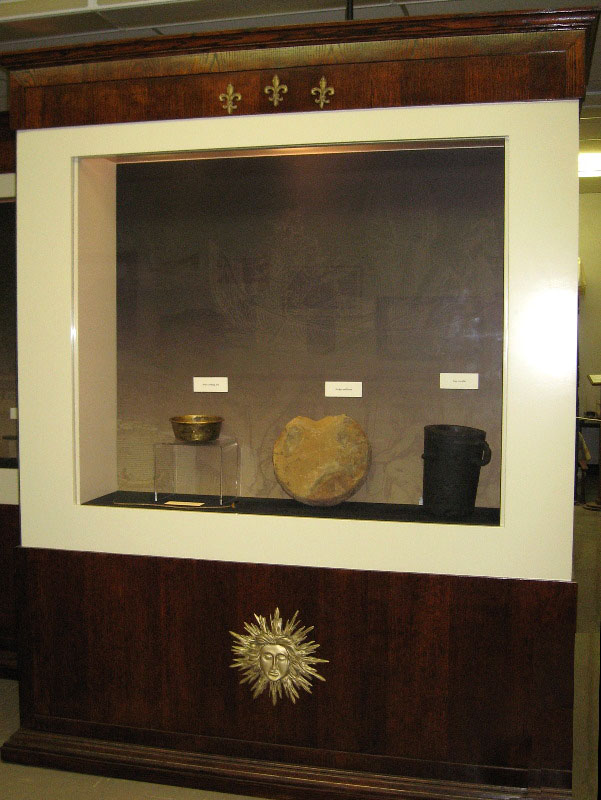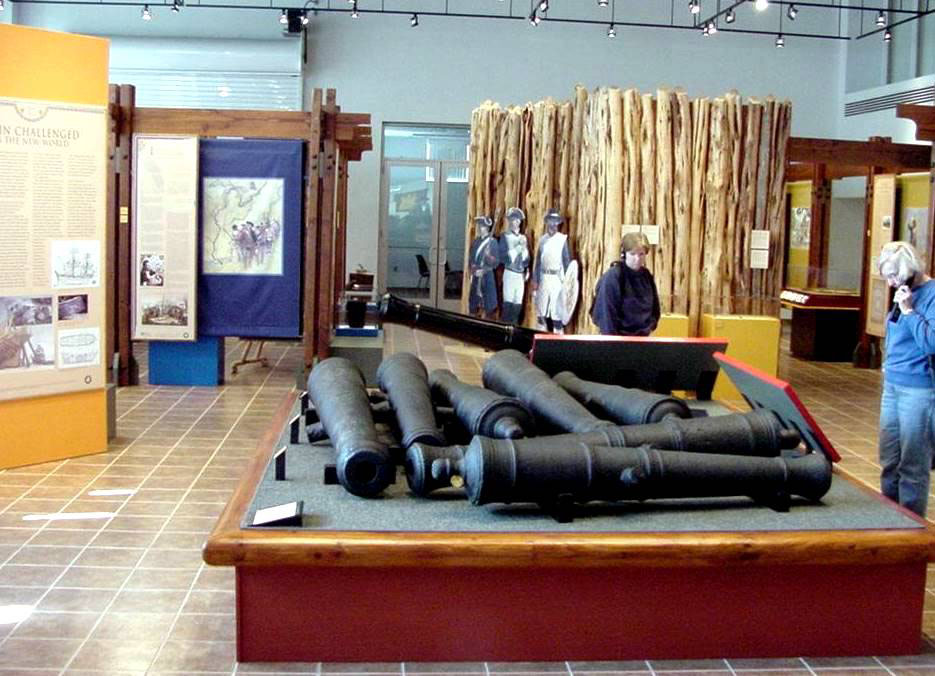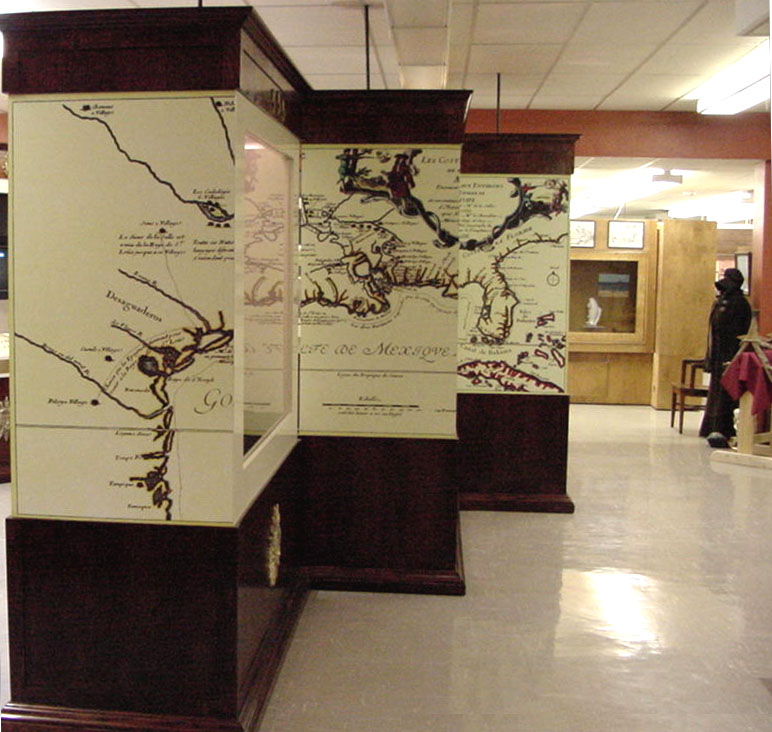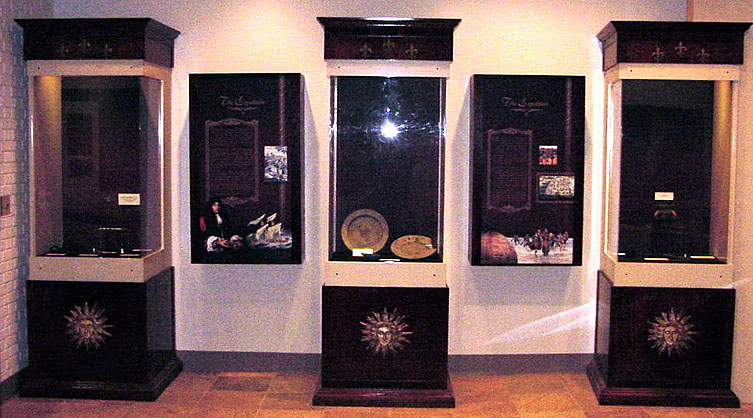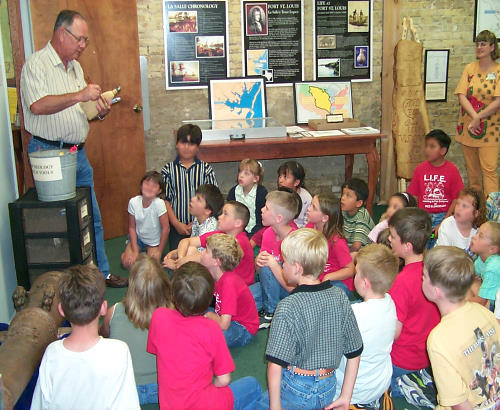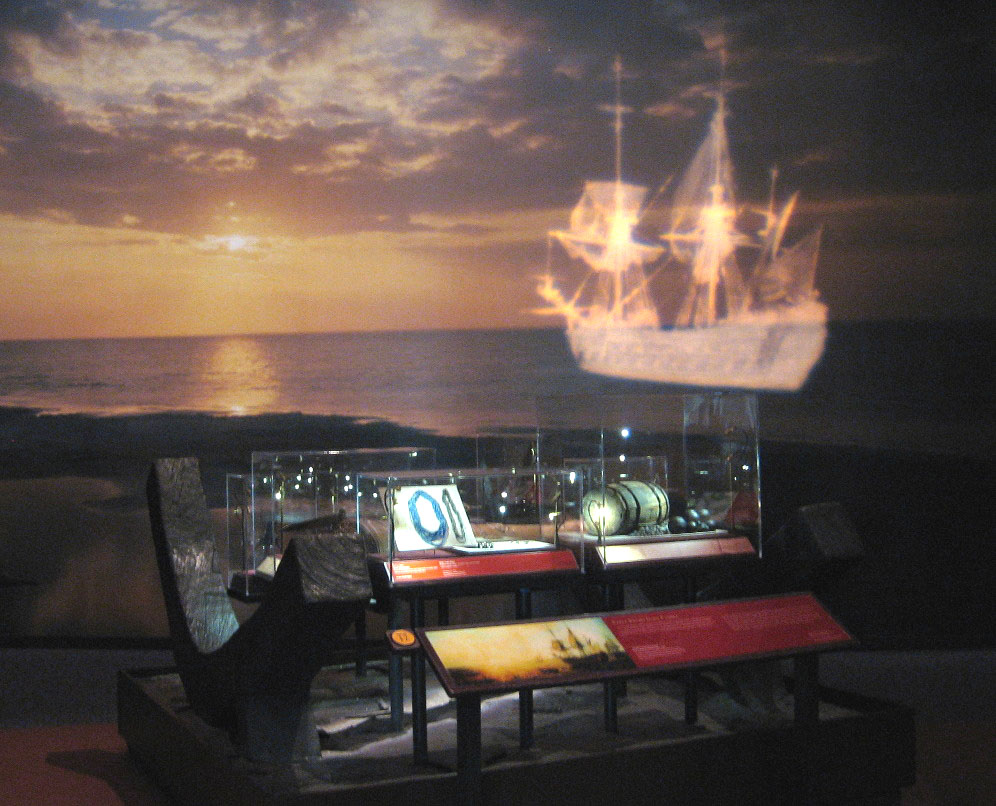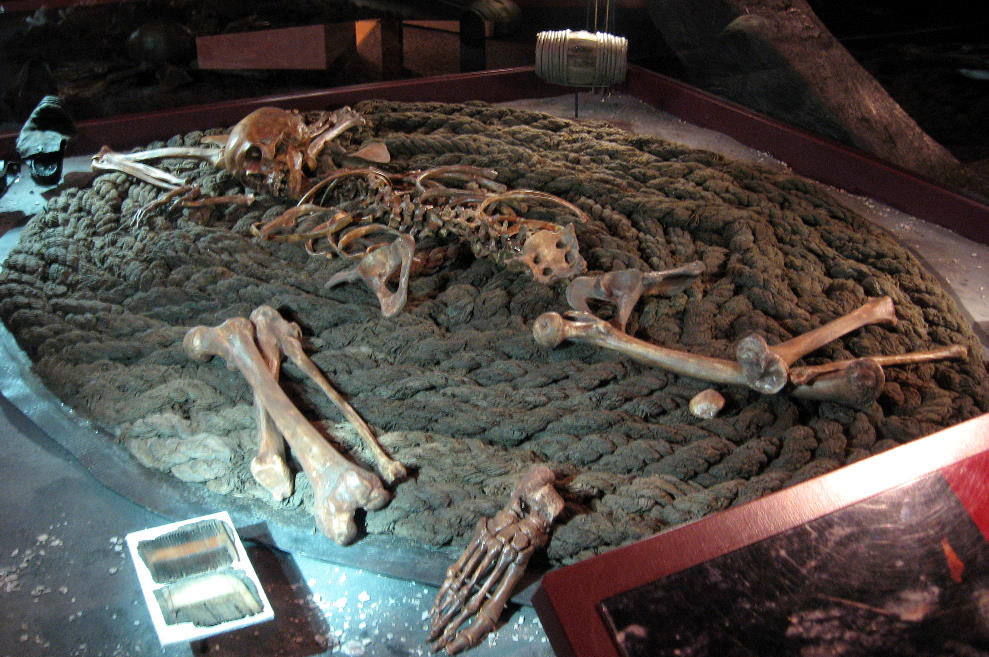|
Numerous online resources for K-12 teachers and students are available for learning about La Salle, La Belle, and the colony at Fort St. Louis. A selection is these is listed below, as well as links to regional museums that host field trips for students and educational programs based on La Salle.
Online Lessons for Teachers:
THC's Online Lesson Plans for La Salle Projects
The Texas Historical Commission offers twelve lessons correlated to their La Salle Projects. Focused on historical archeology, these lessons build social studies skills and understanding about this significant time in Texas history. Among the topics are "Mapping La Salle's Travels," "Learning from Primary Source Documents: One Day at a Time," and "Examining Events from Different Perspectives."
Voyage of Doom
The companion Web site to the NOVA program "Voyage of Doom," originally broadcast on November 23, 1999 chronicles the discovery and excavation of La Belle. Includes classroom activities, such as "Buoyancy Brainteasers" and "Build a Cofferdam," and a teacher's guide.
The French in Texas
Texas Beyond History's 4th-grade lesson aimed at providing a broad understanding of early French exploration in Texas and building research skills.
Online Activities for Students
Flat Stanley Explores the Shipwreck and Artifacts
Join this globe-trotting character as he visits the Texas A&M University Conservation Laboratory and the Belle shipwreck site in an adventure created by Pat Clabaugh, Curator of Anthropology.
Print Sources and Children's Books
From a Watery Grave: The Discovery and Excavation of La Salle's Shipwreck, La Belle (Texas A&M Press 2005). Written by Belle Principal Investigator James Bruseth and Toni Turner, this beautifully illustrated book provides a wealth of information on La Salle and the wreck of his ship within the context of the times, an era of global expansion and competition for new trade markets. Along with a firsthand account of the ship's recovery and conservation, the book also details the craft of shipbuilding with numerous graphics. Suitable for students 5th and up.
La Salle in Texas: A Teacher's Guide for the Age of Discovery and Exploration by Pam -Wheat Stranahan, educator and former Executive Director of the Texas Archeologocal Society. A companion to From a Watery Grave, this comprehensive resource is divided into four units covering La Salle, cultures and adaptation along the Texas Gulf coast, the recovery of the shipwreck, and the science of archeology. Included with the book is a DVD by Alan Governar on the story of La Belle and Fort St. Louis and the excavation of the shipwreck.
Raising La Belle, by award-winning author and illustrator Mark Mitchell, artfully weaves the story of La Salle's 17th-century journey to the New World with the 20th-century discovery of La Belle into an engaging adventure for children. Mitchell also visits schools to provide presentations on the story incorporating "chalk talk," in which he draws illustrations on the blackboard.
The author is not affiliated with the THC.
www.markgmitchell.com/
Primary Resources Online
The Portal to Texas History at North Texas State University offers an online version of The Journeys of Rene Robert Cavelier, Sieur de La Salle (two vols.) These accounts, written by La Salle's lieutenant, Henri de Tonty, and other of his companions, were compiled and created by Isaac Joslin Cox in 1905
Other Resources
La Salle Archeology Projects
An overview and findings from the Texas Historical Commission
The Texas A&M University Conservation Research Laboratory
Presidio La Bahía
Website focused on the Spanish presidio originally established in 1721 on the site of Fort St. Louis. This frontier fort was moved to its present location in Goliad to guard the coastal region from encroachments by the French and Spanish.
|








